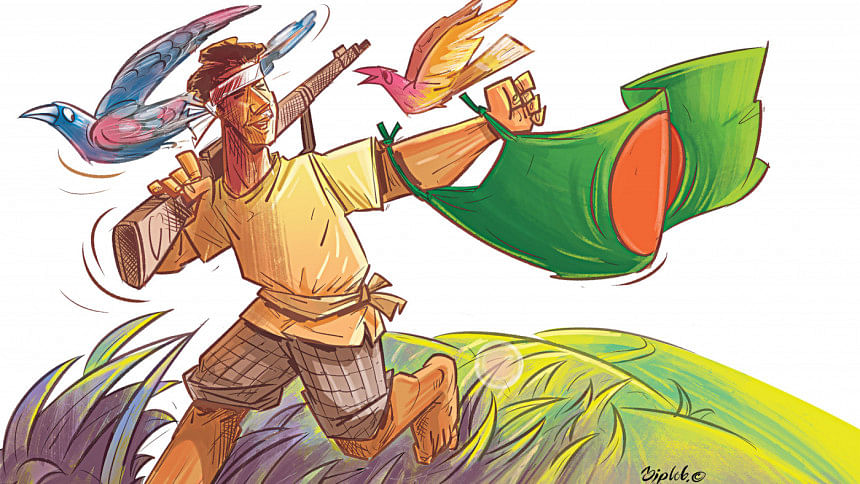The Finale of the Bangladesh Battle

The events leading to the emergence of Bangladesh and its final days are full of dramatic occurrences. The green plains of the Bengal delta turned red with the blood of freedom fighters and soldiers of the Indian allied forces. Simultaneously, in the international spectrum, dramatic events were unfolding, mainly at the United Nations, where the USA and its Western allies made every effort to save united Pakistan by imposing a ceasefire that would halt the progress of the Mukti Bahini and Indian Forces.
To internationalize the crisis, requiring the intervention of outside forces, a resolution calling for an immediate cessation of hostility was tabled in the emergency session of the Security Council by the United States and its allies. This apparently pacifist initiative did not take into account the plight of the people of Bangladesh, who were denied the fundamental right of self-determination and subjected to brutal genocidal attacks. The US move was thwarted by the veto exerted by the then Soviet Union.
Simultaneously, the USA instructed its Seventh Fleet with the nuclear-powered aircraft carrier USS Enterprise to proceed to the Bay of Bengal under the plea of rescuing the Americans stranded in East Pakistan. This show of force was an obvious move to internationalize the crisis to push the Security Council to take immediate action. Declassified White House papers showed that the Kissinger-Nixon duo even played with the idea of using nuclear arsenal to save their dear friend, the bloodthirsty Generals of Pakistan. However, the Pakistani Forces had no moral strength to resist the Freedom Fighters, supported by the heavy weapons and strength of the Indian Army, and were retreating from every war front. Soon, Dhaka got surrounded, and the Pakistani troops were in shambles.
In those dramatic days, the signal from the Eastern Command to surrender was delivered as early as December 9, 1971. General Rao Farman Ali drafted the message in connivance with General AAK Niazi and endorsed by Governor A M Malik. That message instigated Henry Kissinger to rush to New York and meet the newly appointed Permanent Representative of the People's Republic of China to hold a secret meeting. The documents declassified by the National Security Archive show that Henry Kissinger virtually begged Huang Hua to persuade China to open a new front on the Indian border by provoking a skirmish. Huang Hua was non-committal, but Kissinger returned to Washington to convey a new message to Pakistan to hold on, as the Seventh Fleet was moving from Subic Bay, and China would maneuver on the Indian border. Pakistani GHQ from Rawalpindi sent the message that forces were coming from the South, and others from the North, to save the Pakistani Forces fighting a doomed battle in the Eastern Front.

This re-energized the Pakistan Forces in the Eastern Front. General Niazi, a broken man who had gone into hiding, emerged in the public domain and boasted before foreign correspondents at the Hotel Inter-Continental that Indian Forces would enter Dhaka over his dead body. However, no Western power could stop the determined forces of freedom. The second resolution calling for a ceasefire was also vetoed by the Soviet Union. Meanwhile, the Mukti Bahini and the Indian Army, supported by the freedom-loving people of Bangladesh, performed a military miracle by defeating the Pakistan Army in a quick time, and the ignominious surrender of the 95,000-strong Pak Army took place on December 16, 1971.
The delay in the surrender brought about by Henry Kissinger resulted in the brutal killing of intellectuals on December 14 by the Pak Army and their local collaborators, the Al-Badar, the extremist religious group blinded by the misinterpretation of religious teachings. Pakistan stands on the dock of history for the genocidal crimes committed in Bangladesh in 1971. The US administration led by the Nixon-Kissinger duo played their part in complicity and instigation to commit genocide.
What we are witnessing in Gaza today is the same scenario. Once again, we fail to learn lessons from history.
Mofidul Hoque is a Trustee of the Liberation War Museum.

 For all latest news, follow The Daily Star's Google News channel.
For all latest news, follow The Daily Star's Google News channel. 



Comments